-
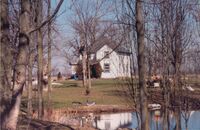
Former Knister home near the Ruscom River.
-

Former house of John Wesley Knister, Raymond Knister's uncle.
-

Front of the former house of Dr. Knister.
-

Back of the former house of Dr. Knister.
-
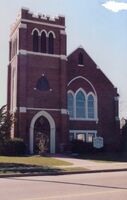
St. Andrew's United Church in Comber, Ontario. Potential place of Raymond Knister's funeral wake.
-
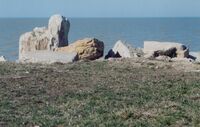
Shoreline at Lake St. Clair with limestone boulders.
-
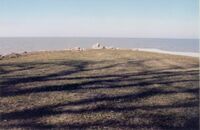
Limestone boulders on the edge of Lake St. Clair.
-
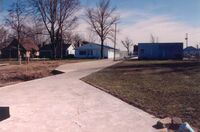
Back of fenced pumping station and house with concrete pathway in between. Formerly a grassy thoroughfare to the beach.
-
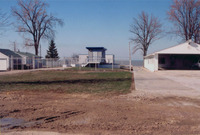
Front of fenced pumping station and house with concrete pathway in between. Formerly a grassy thoroughfare to the beach.
-

Public works building which now stands adjacent to the cottage Raymond Knister was renting at the time of his death.
-
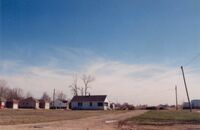
Cottage formerly owned by John Goatbe, Raymond Knister's uncle. This was the same cottage rented by Knister on the weekend of August 29, 1932.
-
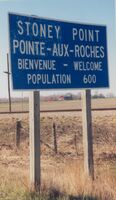
Photo of Stoney Point welcome sign on Highway 77.
-
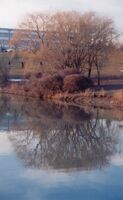
Campus of York University at dusk.
-
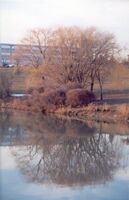
Campus of York University at dusk.
-
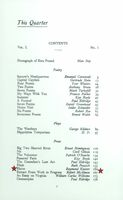
Table of Contents from This Quarter, a (mostly) Parisian modernist literature magazine where Raymond Knister's work was published alongside big names in literature, including Gertrude Stein and Ernest Hemingway.
-

Cover of 1962 edition of White Narcissus by Raymond Knister.
-
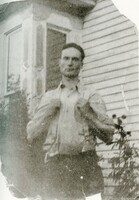
Faded and damaged photo of Raymond Knister standing with hands holding suspenders.
-
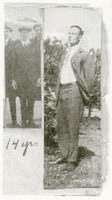
Collage of Raymond Knister at 14 and a bit older.
-
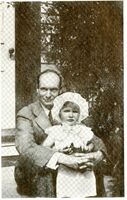
-
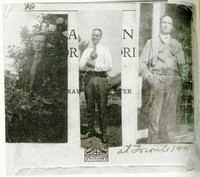
Collage of various Raymond Knister photos.
-
![There are four photos of a younger Myrtle Grace, and two photos of Raymond Knister, and a newspaper clipping reading "KNISTER-To Mr. Knister Port Dover, a daughter," all pasted on to a white paper. Two portraits of Myrtle are on the left and say "before" between them. The other two are on the left, one of her smiling at the camera and another portrait. The sentence "Just after I was m[arried]" is covered by the second. The two photos of Knister are in the middle, a narrow strip of him in a black suit and a portrait of him looking away from the camera.](https://collections.uwindsor.ca/omeka-s/files/medium/303eb4b74eb4a91fa056926f648e73d294da5f99.jpg)
-
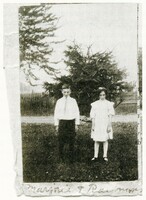
Collage with photo of Raymond, and sister, Marjorie.
-
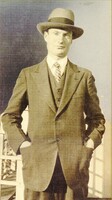
-

-
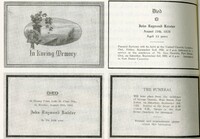
-
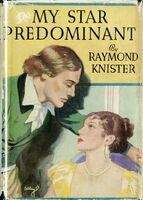
-

Sketch of Raymond Knister reading a newspaper.
-
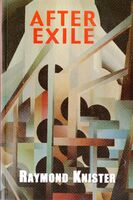
-

Portrait of Dr. Duncan Campbell Scott
-
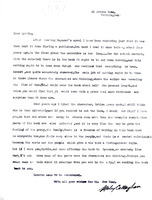
-
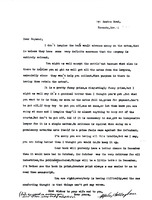
-
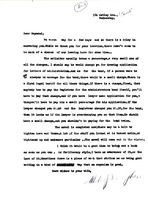
-
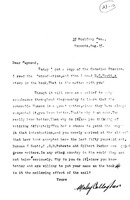
-

-
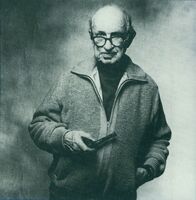
-
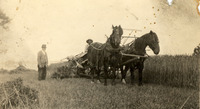
Photo of two unidentified men leading a team of two horses harnessed to a wheat thresher; this image shows the wheat at right to still be whole; the horses display a unique cord and bead tackle.
-
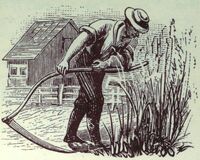
Illustration of man using scythe.
-
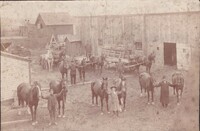
From back of photo: Roy Sawyer, (team of grey and brown horses)/ Loraine Bertrand (Mrs. Harry Kemp) holding centre team in front
Fred Bertrand, proprietor (holding team at right in front row). Drifford Bertrand, son, holding team at left, in front row.
-
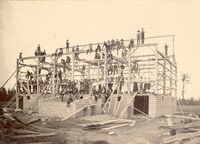
Black and white photograph of a partially constructed barn on the Spruceholme Farm; the farm was located south of Highway 98, between Ruscom and Woodslee; the framing of the barn looks to be near completed and concrete blocks have been laid for the main level and ramp; there are a large number of men and women standing along the top of the completed blocks, as well as men sitting and standing on the wooden frame; building supplies (wooden planks, concrete blocks) are in evidence surrounding the structure. The farm was owned by John Wallace and the barn was still standing in 1962.
-
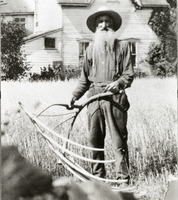
Black and white photograph of a man with a grain cradle. He is standing in a field with a grain cradle, there is a house behind him. The man is wearing dark pants and shirt with suspenders and a large, wide brimmed hat. He has a mustache and long, full beard.
-
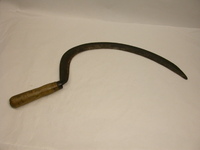
Sickle constructed of steel and wood. lt was used to cut ripened grain. A handful of grain was grasped in one hand and then cut with the sickle.
-
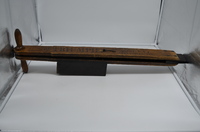
Corn Planter made of iron and wood. It was used to drop grains of corn into loose soil. The point of the planter is pressed into the soil and the handles pulled apart to drop a single seed.
-
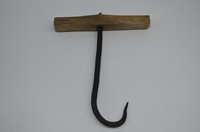
Bale Hook constructed of iron and wood. Two bale hooks would be used to handle bales of hay.
-

Hay Knife made of steel and wood. It was used to cut hay from haystack.
-
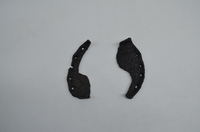
Remnants of ox shoe made from forged iron.
-
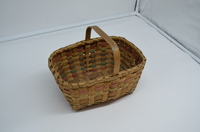
A light brown coloured woven basket.
-
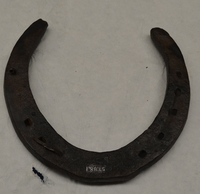
-
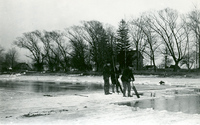
Prior to the age of refrigerators and air conditioning, lake and river ice cut in the winter was used to keep food cold and create cool spaces in the summer.
-
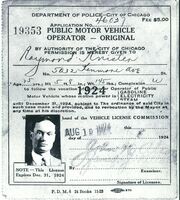
Knister's taxi license from Chicago.
-
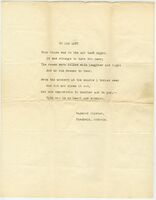
Typescript of To One Lost by Raymond Knister.




















![There are four photos of a younger Myrtle Grace, and two photos of Raymond Knister, and a newspaper clipping reading "KNISTER-To Mr. Knister Port Dover, a daughter," all pasted on to a white paper. Two portraits of Myrtle are on the left and say "before" between them. The other two are on the left, one of her smiling at the camera and another portrait. The sentence "Just after I was m[arried]" is covered by the second. The two photos of Knister are in the middle, a narrow strip of him in a black suit and a portrait of him looking away from the camera.](https://collections.uwindsor.ca/omeka-s/files/medium/303eb4b74eb4a91fa056926f648e73d294da5f99.jpg)





























